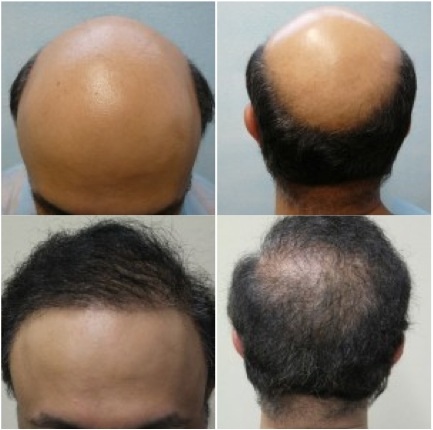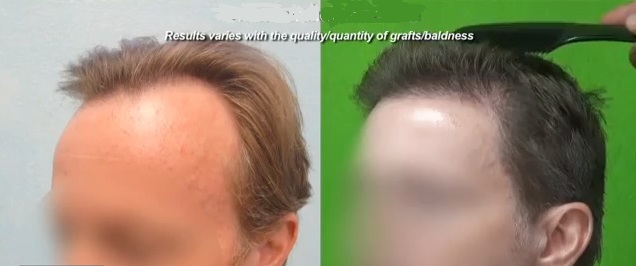He continues, “Like any work of art, it is part technical skill, part instinct, and part passion. A hair transplant surgeon needs all three components.” As Dr. Umar states, a surgeon who possesses all three components will recognize that every individual is different. It is akin to being presented with different sets of colors and brushes, and working with a different landscape to portrait each time. The patient’s facial anatomy, hair color, degree of hair loss, age, and goals will all vary with each case, and the surgical plan needs to vary as much as each of those factors dictates.
This is what nature does when an individual is being put together genetically. It is that which the hair transplant surgeon tries to reproduce. Thus, a hair transplant surgeon is held to even higher standards than an artist working on a canvas. Because in hair transplantation, the canvas is not disposable, there is no option to erase your work and start over. The surgeon has one chance to get it right. The one chance that could make or break a person, his life, his social support system. Hair transplantation is not all about moving hair from one area to another. It is a life altering art form.
Hair Transplantation Is An Art Form with Life Altering Consequences
Dr. Umar feels strong convictions about the artistry of hair transplantation. It is important to him to be able to gift his patients with a reflection of nature, in the donor follicles selected, the angle and direction of implantation, the shape and progression of the hairline.

One patient, whose advanced androgenic alopecia likened a completely blank canvas, was awed by the renewal Dr. Umar achieved. “The hairline was an exact match to what I had about 16-18 years earlier,” the patient said. “I looked at my old photos and it surprised me that the hairline he gave me was spot-on. The fact that he was able to do this without having seen my old photos is truly amazing and exemplifies the skill he has. I used to wear a baseball cap to hide my baldness and was finally able to get rid of it”
According to Dr U, crafting a hairline cannot be a cookie cutter affair where everyone gets the same thing. Nature has a customized approach to this and a good hair transplant surgeon is well advised to study nature and mimic how it varies the shape of the hairline with the facial structure of the individual. Framing the face with a hair transplant requires this knowledge.
The art of creating undetectable hairlines in the Aesthetic Surgery Journal

